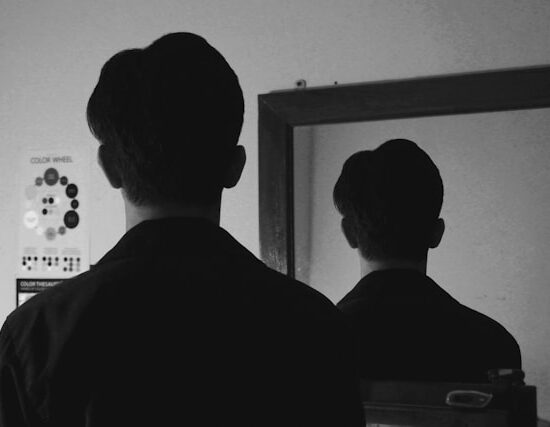When the present is augmented by the past, you can get a sense of not only where you’ve been, but perhaps where you need to go. As deep connections are made between various points in time and space, your perception of reality will shift.
Life will take on new meaning as additional layers of information are readily available to be analyzed, experienced, or discovered. Access to multiple perspectives at once will enable people to gain a deeper understanding of what’s happening now. This is the potential of augmented reality.
Pokémon Go brought augmented reality into mainstream public awareness and it seems that Super Mario Brothers is the next major game to get this treatment. I’m not a gamer necessarily, but I did try Pokémon Go for a period of time and I was struck by how absorbing it could be. Although the interface felt clumsy at times, I found the idea of layering information in digital space on top of what our eyes can see to be intriguing.
Today, I came across the Virtual Time Machine Project for Venice and the power of augmented reality came into focus. This machine-learning project will take 1,000 years of maps and manuscripts and transform them into a “living” history of the city. Documents such as maps, sheet music, monographs, and manuscripts will be digitized and turned into a searchable format.
Linkages would be made between historical events, personalities, or developments. This would allow students and researchers alike to go deep into the connections between people, places, and things that may or not appear to be related. Exposing the ties that bind together people and historical events is at the heart of developing a deeper understanding of how we evolved.
Even as these technologies are being developed and refined, the Venice Time Machine is already demonstrating how it can help to reshape scholars’ understanding of the past. The narratives that fill history textbooks are usually built around famous people, because so much more is known about them. Yet the time machine will bulge with the sort of mundane records that state administrators everywhere routinely gather to keep track of their populations. This will enable historians to reconstruct the lives of hundreds of thousands of ordinary people — artisans and shopkeepers, envoys and traders — and build much more rounded historical narratives.
Alison Abbott, Nature
Imagine walking through Venice and being able to access any and all information about what is being presented in your virtual or augmented reality-enabled device’s viewfinder. Yes, you would likely be able to filter what is presented, just as you are able to do with digital maps used for navigation through a city. A traveler would have access to a virtual encyclopedia of social, political, cultural, or economic information that would be able to present itself instantly.
It’s not easy to span space and time, and up until now it has been hard to conceive how exactly that might be done. I’m not sure what the future may hold for the Virtual Time Machine Project in Venice, but it’s a step in the right direction to create an understanding of what ties humanity together–connections with others. Being able to see these connections will help break down barriers between people that may have been separated over time by economic, ideological, cultural, or social factors.

